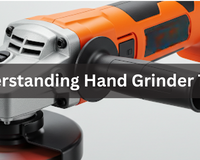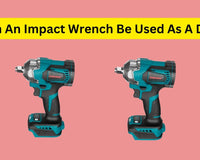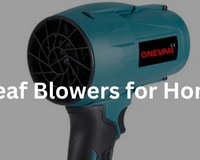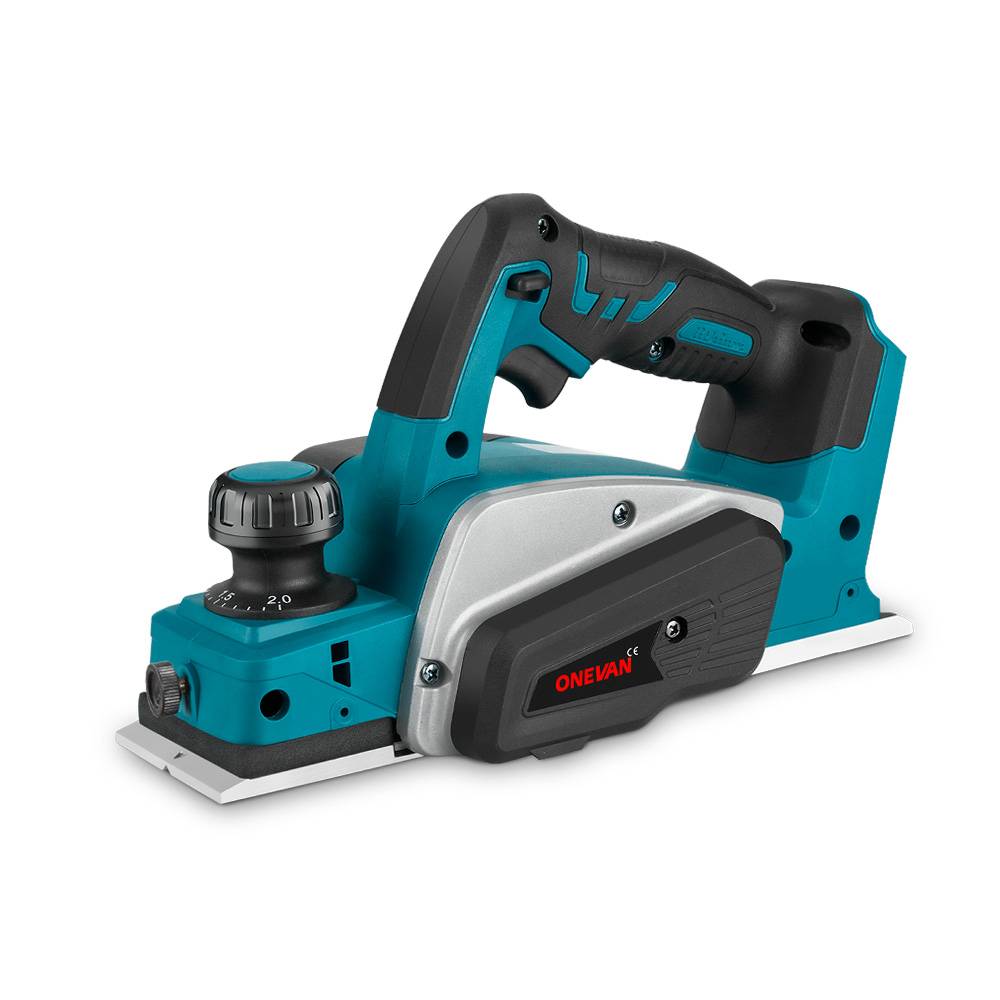Quer você esteja realizando um projeto de reforma em casa ou trabalhando em um canteiro de obras, saber como trocar a lâmina de uma serra alternativa é essencial para manter a eficiência e o desempenho em seus projetos, juntamente com a manutenção adequada das ferramentas e a técnica de corte.
1. Compreendendo as serras alternativas
Uma serra sabre é usada para marcenaria, reformas, construção, demolição e encanamento. A lâmina de movimento rápido corta madeira, metal, plástico e pedra. As pessoas gostam de serras sabre porque são rápidas, fáceis de usar e conseguem acessar espaços apertados que outras serras não conseguem. As serras sabre sem fio ONEVAN são a melhor escolha. Uma serra sabre pode fazer cortes precisos em diversos materiais, tornando-a adequada para tarefas como demolição e poda de árvores.
Esta serra é altamente eficaz para trabalhos de encanamento, jardinagem e demolição. A ferramenta pode cortar placas de gesso, remover molduras de janelas antigas e modelar plantas de jardim. Seu tamanho compacto e lâmina afiada a tornam ideal para cortes bruscos, onde a velocidade supera a precisão. Escolher o tipo certo de lâmina de serra sabre para o material que você está cortando é importante. Cortar madeira requer uma lâmina de madeira. Cortar metal requer uma lâmina de metal.
2. Lâminas de serra alternativas: substituição e tipos
Entender como trocar a lâmina da serra alternativa regularmente e selecionar a correta ajuda você a cortar de forma mais eficaz e eficiente.
Compreendendo o desgaste da lâmina de serra alternativa
Pode ser necessário trocar as lâminas de serra com frequência, especialmente ao cortar materiais mais resistentes, como metal ou tijolo, que perdem o corte mais rapidamente do que a madeira. Cada corte deixa os dentes da lâmina cegos ao cortar concreto ou pregos. Lâminas cegas não só deixam você mais lento, como também podem causar cortes ásperos, resultando em acabamentos de baixa qualidade e exigindo trabalho adicional. O uso de lâminas cegas pode levar ao superaquecimento do motor da serra. Lâminas afiadas para serras alternativas podem aumentar a segurança, cortando com facilidade e reduzindo o risco de travamento ou solavancos. Verifique e substitua as lâminas desgastadas de uma serra alternativa que você possui e usa para fazer cortes limpos, manter a serra segura e evitar acidentes.

Diferentes tipos de lâminas de serra alternativas para diversas aplicações
Lâminas de corte de madeira : Lâminas de corte de madeira com 5–8 TPI são projetadas para corte rápido de madeira mais grossa, enquanto lâminas com TPI mais alto são mais adequadas para cortes de precisão.
Lâminas de corte de metal : Chapas metálicas e tubulações podem ser cortadas com precisão usando lâminas com 14 a 24 fios por polegada (TPI). Equipamentos de demolição robustos podem cortar placas de gesso e madeira pregada.
Lâminas de carboneto : Trabalhadores da construção civil usam ferramentas de carboneto para tijolos e concreto. Usar as lâminas de serra sabre adequadas torna o corte mais rápido, seguro e fácil. Além disso, protege sua serra sabre durante a troca de lâminas.
3. Quando trocar a lâmina da sua serra alternativa
Você deve ter em mente os seguintes sinais e considerações ao usar serras alternativas:
Sinais que indicam que é hora de trocar a lâmina
- Desempenho de corte fraco : a serra tem dificuldade para cortar ou demora mais que o normal para cortar.
- Marcas de queimadura no material : marcas escuras aparecem na madeira ou em outros materiais.
- Danos visíveis na lâmina : dentes lascados, tortos ou ausentes.
- Aumento de vibração ou ruído : a serra treme ou faz barulhos altos durante o uso.
- Dificuldade em fazer cortes retos : a lâmina desvia da linha de corte.
- Oscilação da lâmina : a lâmina se move de um lado para o outro em vez de permanecer estável.
- Geração excessiva de calor : a lâmina ou serra fica muito quente durante o corte.
- Muita fumaça durante o corte : aparece fumaça, especialmente ao cortar madeira ou plástico.
- Velocidade de corte reduzida : os cortes são mais lentos, mesmo com a mesma pressão.
- Profundidade de corte inconsistente : a lâmina não corta uniformemente ou na profundidade desejada.
Frequência de trocas de lâminas com base no uso
Um usuário amador deve substituir as lâminas de serra alternativa após vários trabalhos ou se a serra apresentar desempenho de corte reduzido ou oscilar excessivamente. Portanto, se você usa uma serra alternativa portátil com frequência, verifique e, potencialmente, substitua a lâmina pelo menos uma ou duas vezes por mês. Para tarefas simples, como cortar madeira ou aparar galhos e galhos de árvores, verifique as lâminas aproximadamente a cada três ou quatro usos. A substituição de uma lâmina de serra alternativa desgastada deve ser um elemento essencial da manutenção contínua para cortes limpos e seguros.
Profissionais usam uma serra quase todos os dias para trabalhos que exigem mais esforço do que a média, como usinagem de metal e demolição de estruturas. Se você a usa, provavelmente precisará trocá-la pelo menos uma vez por semana ou após cada trabalho. Lâminas cegas fazem a serra trabalhar em seu potencial máximo. Usar as lâminas adequadas para os materiais a serem cortados prolongará a vida útil das lâminas de serra sabre.
Limpe as lâminas com um pano após cada uso para remover poeira, sujeira ou seiva. Guarde a serra em um estojo seco para evitar o acúmulo de ferrugem. Ao embalar uma serra alternativa portátil, carregue as baterias para evitar problemas na próxima vez que usá-la.
4. Preparando-se para trocar a lâmina de serra alternativa
Segurança em primeiro lugar: equipamentos de segurança essenciais
A segurança deve vir em primeiro lugar ao trocar uma lâmina de serra alternativa. Óculos de segurança protegem seus olhos contra poeira e pedaços de metal, e luvas protegem suas mãos de bordas afiadas. Siga estas recomendações de segurança para serras alternativas para evitar ferimentos. Além disso, certifique-se de que seu espaço de trabalho esteja organizado e livre de perigos para manter um ambiente de trabalho seguro. Remova qualquer lixo, verifique se há itens soltos e verifique se há fios e outros perigos. Se estiver usando uma serra elétrica, afaste-a da parede. Remova a bateria de íons de lítio para evitar a partida acidental de serras alternativas elétricas. O uso de equipamentos de segurança adequados garante que os usuários estejam protegidos e possam se concentrar em suas tarefas sem distrações.
Ferramentas e materiais necessários
Para trocar a lâmina, você precisará apenas de alguns itens:
Lâmina de substituição : Escolha as melhores lâminas para serras alternativas para sua próxima tarefa (por exemplo, madeira, metal ou alvenaria).
Chave inglesa ou chave Allen : algumas serras precisam de uma ferramenta para soltar a braçadeira da lâmina, mas muitas, como a serra alternativa sem fio e sem escovas ONEVAN , têm um sistema que não requer ferramentas.
Pano limpo : use-o para limpar a área da serra ou da lâmina para ter uma visão clara durante a substituição da lâmina da serra alternativa.
Consulte o manual da sua serra para obter as ferramentas específicas necessárias para a troca da lâmina, como chaves inglesas ou sextavadas, dependendo do modelo. Tê-las à mão torna a troca da lâmina da serra alternativa rápida e fácil.
5. Guia passo a passo para trocar a lâmina de uma serra alternativa
Etapa 1: Desconecte a fonte de alimentação
Desligue e desconecte as serras com fio e remova as pilhas das serras alternativas sem fio. Isso garante que a ferramenta esteja completamente desligada antes da troca das lâminas.

Etapa 2: Identifique o mecanismo de liberação da lâmina
Verifique como sua serra segura a lâmina. A serra alternativa sem fio ONEVAN é uma serra popular que dispensa o uso de ferramentas. Pressione a alavanca ou o botão para soltar a lâmina. Modelos mais antigos podem exigir o afrouxamento de um parafuso ou o uso de uma chave sextavada para remover a lâmina. Procure um interruptor, botão ou parafuso sextavado próximo ao grampo da lâmina. Consulte o manual da sua serra. O manual inclui um diagrama esquemático para auxiliar na substituição da lâmina da serra alternativa.
Etapa 3: Remova a lâmina antiga
Use este grampo sem ferramenta. Pressione a alavanca ou botão e remova a lâmina lentamente. Os grampos com chave sextavada possuem lâminas que podem ser removidas afrouxando o parafuso. Se a lâmina estiver presa devido à ferrugem, tente novamente. WD-40 ou movimentos suaves podem ser usados. Limpe o grampo para a nova lâmina.
Etapa 4: Prepare a nova lâmina
Escolha as lâminas de serra sabre corretas. Use lâminas de madeira, metal ou alvenaria em madeira, tubos e tijolos. Verifique se a lâmina está danificada antes de usá-la. O reparo da sua serra sabre requer cuidado e limpeza para prolongar sua vida útil. Segure pela extremidade não afiada.
Etapa 5: Instale a nova lâmina
Os dentes da lâmina nova devem ficar voltados para baixo para cortar. Coloque-a em um grampo. Em sistemas sem ferramentas, empurre a lâmina até ouvir um clique. Aperte os parafusos completamente para configurações com chave sextavada. Mantenha a lâmina reta. Ao substituir a lâmina da serra alternativa, puxe-a levemente para travá-la.
Etapa 6: Teste a nova lâmina
Reconecte a bateria ou a fonte de alimentação . Ligar a serra sem acioná-la durante o corte pode ajudar a garantir que a lâmina esteja firme e opere suavemente. Pare e verifique a braçadeira se notar trepidação excessiva ou ruídos estranhos durante a operação. Antes de iniciar o projeto, teste a nova lâmina em um pedaço de material para garantir que ela corte com eficiência. Isso garante uma substituição bem-sucedida da lâmina da serra alternativa.
6. Dicas de manutenção para sua serra alternativa e lâminas
Como cuidar de lâminas de serra alternativas para prolongar sua vida útil
O armazenamento adequado mantém suas melhores lâminas de serra sabre afiadas e prontas para uso. Guarde as lâminas em um estojo ou suporte seco e protegido para evitar ferrugem e quebra. Ao ensacá-las, tome cuidado para não danificá-las. Limpe as lâminas com uma toalha após cada uso para remover sujeira, seiva e partículas de metal. Limpe a lâmina levemente com água morna e seque-a para remover qualquer resíduo pegajoso e evitar ferrugem. Inspecione regularmente as lâminas para verificar se estão cegas, lascadas, empenadas ou com dentes faltando e substitua-as para manter sua serra sabre em bom estado.
Manutenção regular da serra alternativa
A manutenção regular da sua serra alternativa, incluindo limpeza e verificação de desgaste, garante o desempenho ideal. Limpe as aberturas de ventilação e escove-as ou limpe-as levemente para manter o motor frio e funcionando com eficiência. Recoloque parafusos soltos e verifique se há rachaduras ou quebras na carcaça. Aplique algumas gotas de óleo nas peças móveis, como o grampo da lâmina (consulte o manual), para facilitar o uso. Limpe a serra após o uso e guarde-a em um estojo seco para evitar danos, especialmente em serras alternativas portáteis.
7. Problemas comuns ao trocar a lâmina de serra alternativa
-
A lâmina se solta durante o uso
Descrição : A lâmina sai enquanto você corta, o que pode ser perigoso.
Solução : Pare a serra e certifique-se de que a lâmina esteja firmemente travada no grampo durante a troca da lâmina. Para grampos sem ferramentas, ouça um clique ao inserir o grampo. Para grampos com chave sextavada, aperte o parafuso firmemente. Teste a lâmina antes de começar a cortar novamente. -
Vibração excessiva durante o corte
Descrição : A serra apresenta vibrações significativas durante o corte, dificultando a manutenção de um controle firme.
Solução : Verifique se a lâmina está firme e alinhada corretamente. Use uma lâmina adequada para o material que você está cortando. Pressione a sapata da serra contra o material para mantê-la estável. Se a trepidação persistir, inspecione a lâmina e a braçadeira para verificar se há danos.
-
A lâmina quebra durante o corte
Descrição : A lâmina quebra durante o uso, geralmente porque você está pressionando com muita força ou usando o tipo errado de lâmina.
Solução : Use uma lâmina projetada para o material, como uma lâmina de metal para tubos. Não force a serra; deixe-a cortar na velocidade desejada. Substitua as lâminas quebradas e verifique se o motor da serra está desgastado.
-
Dificuldade em Alinhar a Nova Lâmina
Descrição : A lâmina nova oscila ou não fica reta no grampo.
Solução : Certifique-se de que a extremidade da lâmina esteja limpa e inserida corretamente ao trocá-la. Alinhe os dentes na direção do corte (geralmente para baixo). Verifique a braçadeira e puxe a lâmina suavemente para garantir que esteja travada.
-
Superaquecimento da serra
Descrição : A serra ou lâmina esquenta muito durante o uso, deixando seu trabalho mais lento.
Solução : Pare de cortar e deixe a serra esfriar. Use uma lâmina afiada para evitar sobrecarga do motor. Limpe as saídas de ar do motor para remover o acúmulo de poeira como parte da manutenção regular. Não force a serra com muita força em materiais duros.
-
Ruídos incomuns durante a operação
Descrição : A serra faz sons altos e estranhos, como rangidos ou chocalhos, enquanto funciona.
Solução : Desligue a serra e verifique se a lâmina está solta ou danificada. Aperte a braçadeira ou troque a lâmina. Se o ruído persistir, inspecione o motor ou os rolamentos para verificar se há desgaste e leve-a a uma oficina.
-
Mau funcionamento dos recursos de segurança
Descrição : O gatilho ou outros recursos de segurança não estão funcionando corretamente.
Solução : Desligue a serra da tomada ou remova a bateria de íons de lítio imediatamente por segurança. Verifique se há sujeira ou danos no gatilho. Não use a serra até que ela esteja consertada — entre em contato com o fabricante ou com um profissional de reparos.
-
Dificuldade em remover a lâmina velha
Descrição : A lâmina antiga está presa devido à ferrugem, sujeira ou grampo apertado.
Solução : Borrife lubrificante na braçadeira e solte a lâmina com cuidado. Use luvas para evitar cortes, por segurança. Se for uma braçadeira com chave sextavada, certifique-se de que o parafuso esteja totalmente solto. Limpe a braçadeira antes de instalar uma nova lâmina.
-
Lâmina não corta em linha reta
Descrição : A lâmina desvia, fazendo cortes tortos em vez de retos.
Solução : Use uma lâmina afiada, projetada para o material que você está cortando. Segure a serra com as duas mãos e mantenha a sapata pressionada contra o material. Mova-se lenta e firmemente, sem torcer a lâmina.
8. Conclusão
A substituição regular da lâmina da sua serra alternativa melhora significativamente o desempenho e a precisão do corte. Uma lâmina nova corta madeira, metal ou plástico com suavidade. Ela também garante que cada corte seja preciso e limpo. Ao combinar a lâmina com o material, você perde menos tempo e vê a vida útil aumentar. Limpar regularmente os componentes da serra e trocar as lâminas antes que se desgastem pode ajudar a prolongar a vida útil da sua ferramenta elétrica . Sempre priorize a segurança. Siga as instruções do fabricante para troca de lâminas, limpeza e quaisquer outras etapas de manutenção. Sua serra agradecerá.









